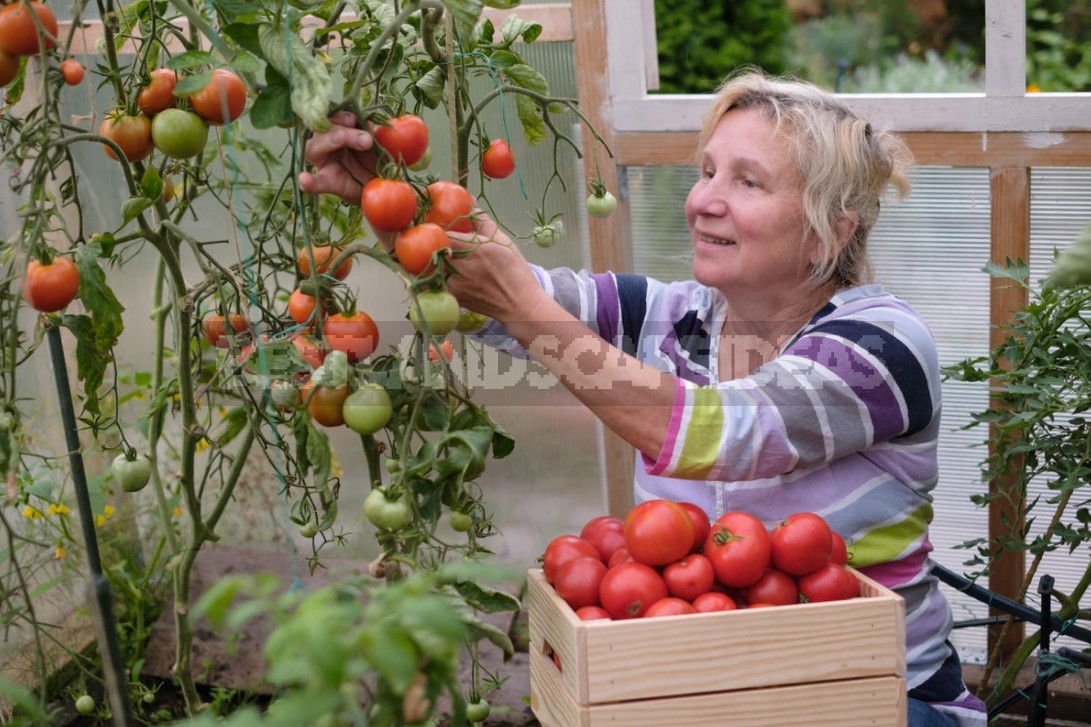
- The main infectious diseases of tomatoes in greenhouses and in the open ground;
- How to avoid crop losses from diseases and pests ;
- 1. Grow sustainable varieties and hybrids;
- 2. Carry out regular processing of greenhouses;
- 3. Application of protective treatments with biological or chemical preparations;
- Protection of tomatoes from insect pests;
Tomato is one of the favorite vegetable crops. More than 200 million tons of tomatoes are grown annually in the world. This culture is widespread in almost all regions.
The main infectious diseases of tomatoes in greenhouses and in the open ground
So, tomato is a heat-loving crop that often requires greenhouse growing conditions, which are characterized by high humidity and high temperatures. But such conditions are especially favorable for pathogens of infectious plant diseases — phytopathogenic fungi, bacteria, viruses, as well as for gall nematodes and insect pests.
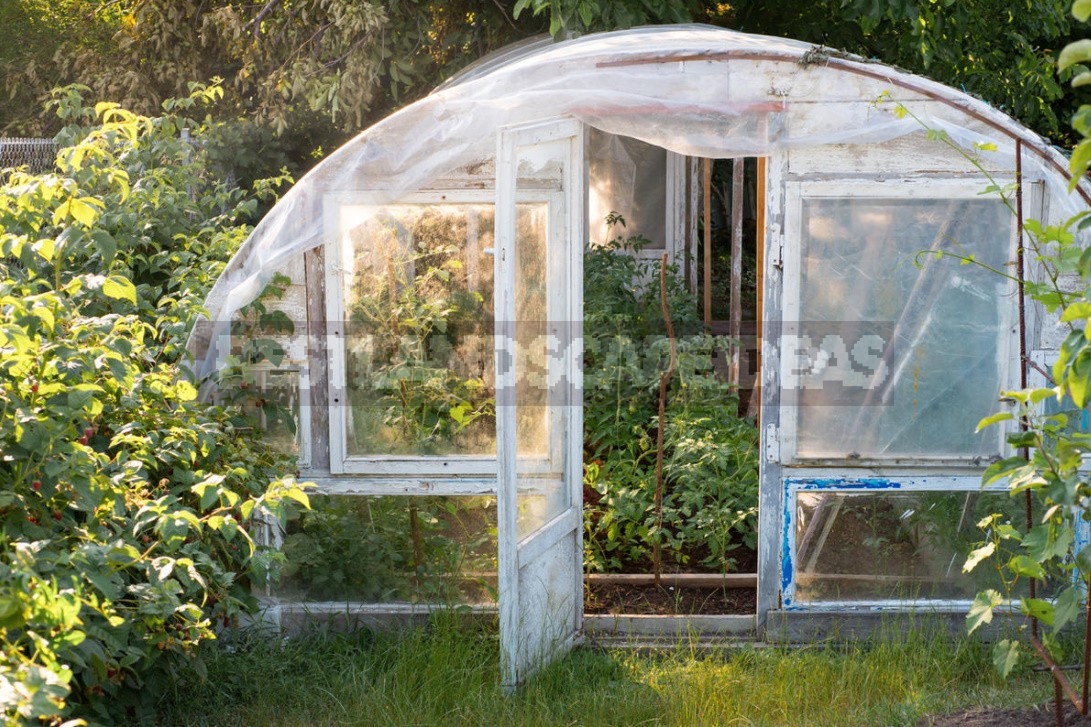
The set of diseases of tomatoes when grown in the open ground and in greenhouses varies slightly, but there are also “universal” diseases. These include the most harmful late blight for tomato culture, viral diseases, fusarium wilt, leaf spotting.
Mainly greenhouse diseases include gray rot, brown spotting (cladosporiosis), powdery mildew. Among the traditional pests for greenhouse tomatoes, whitefly, spider mite and thrips should be noted; in the open ground, this is a scoop and a leaf miner.
How to avoid crop losses from diseases and pests
There are 3 most important approaches to solving this problem:
1. Grow sustainable varieties and hybrids
To do this, you need to know the most common tomato diseases in your growing area. For example, if the problem is wilting diseases (fusarium or verticillosis wilting), viral diseases (tobacco and tomato mosaic virus, bronze), cladosporiosis, powdery mildew, then growing resistant varieties will radically solve the problem.

Carefully read the information on the seed bags about the resistance of varieties to diseases common in your area.
2. Carry out regular processing of greenhouses
It is necessary to observe cleanliness in greenhouses as completely as possible and maintain the regime optimal for tomato culture. In our case, this is the removal and destruction of plant residues, treatment of all surfaces of the greenhouse before planting with disinfectant solutions (for example, household bleach (0.6% sodium hypochlorite) — dilution of 1:10), if possible, replacement of at least the upper part of the soil, as well as systematic weed removal, ventilation, ensuring regular watering, fertilizing, timely removal of stepsons and foliage.
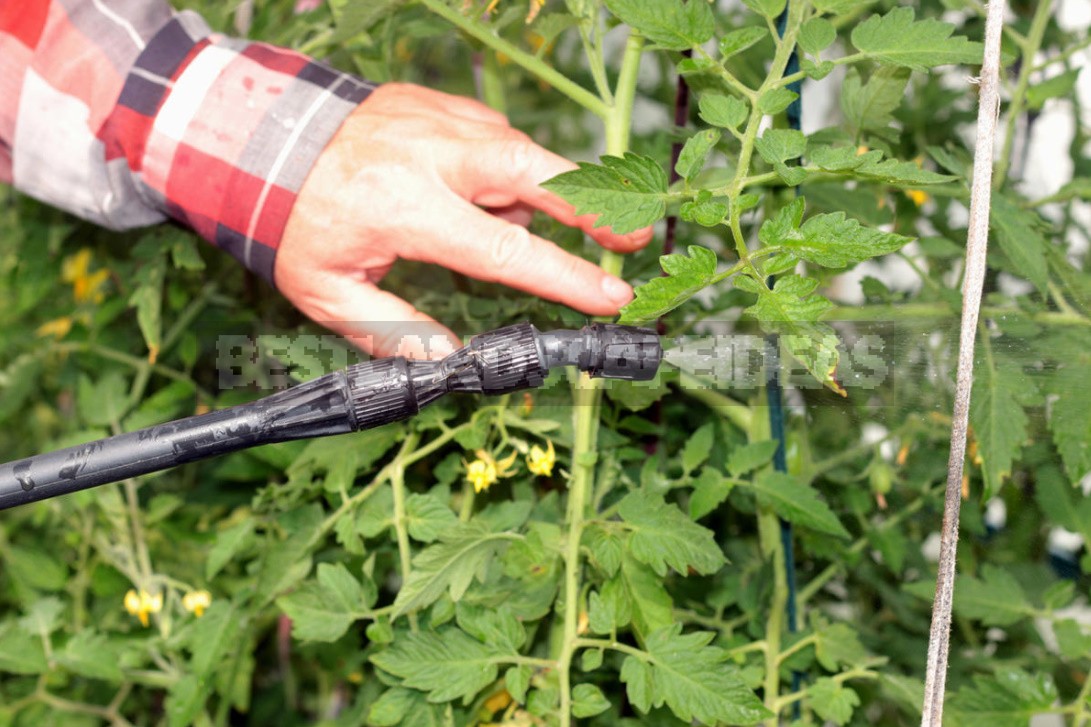
3. Application of protective treatments with biological or chemical preparations
In the case of late blight, it is important to monitor night temperatures: if they are below +16 degrees and there is a night dew loss, preventive treatment with copper contact preparations (Bordeaux liquid, copper sulfate) is recommended. These are low-toxic contact drugs that are easily washed off with water.
For experienced gardeners, we recommend systemic drugs, which are also harmless when used carefully, but act much longer and more reliably. The use of these drugs, among other things, will provide prevention from powdery mildew, cladosporiosis, alternariosis.
If ulcers from gray rot appear on the stems, we recommend smearing the affected areas with a paste based on chalk and fundazole.
Protection of tomatoes from insect pests
Insects for gardeners in the middle lane rarely pose a big problem. We recommend using yellow and blue glue traps for catching whitefly and thrips. If aphids appear, you can treat the plants with a soap solution.
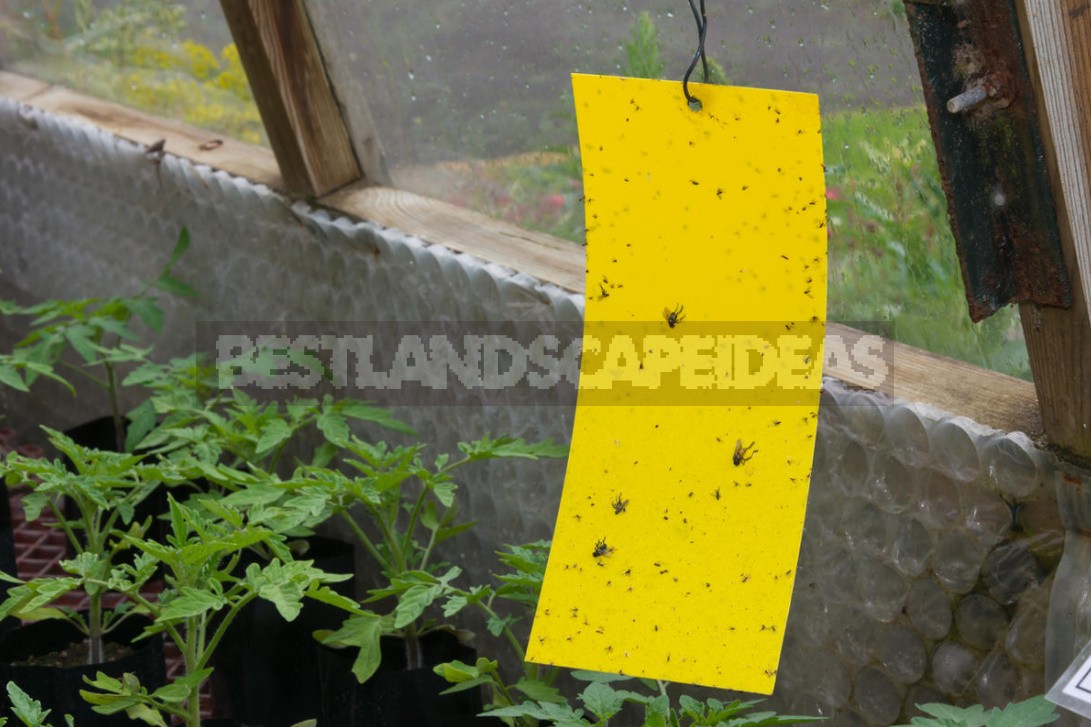
To prepare it, a bar of household soap is rubbed on a grater, dissolved in a small amount of water and poured into a bucket of water with a volume of 10 liters. You can add a liter jar of ash there. Water with ash is boiled, filtered and only then a soap solution is poured into it.
Spray the tomatoes carefully, not forgetting the lower part of the leaves. Biological preparations can be used 2 days before picking fruits from the bush. The treatment is carried out at a temperature not lower than +16 degrees — at a lower temperature, the drug will not act.
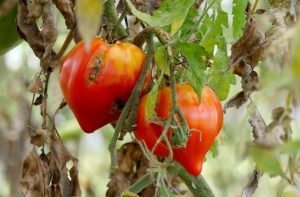



Leave a Reply